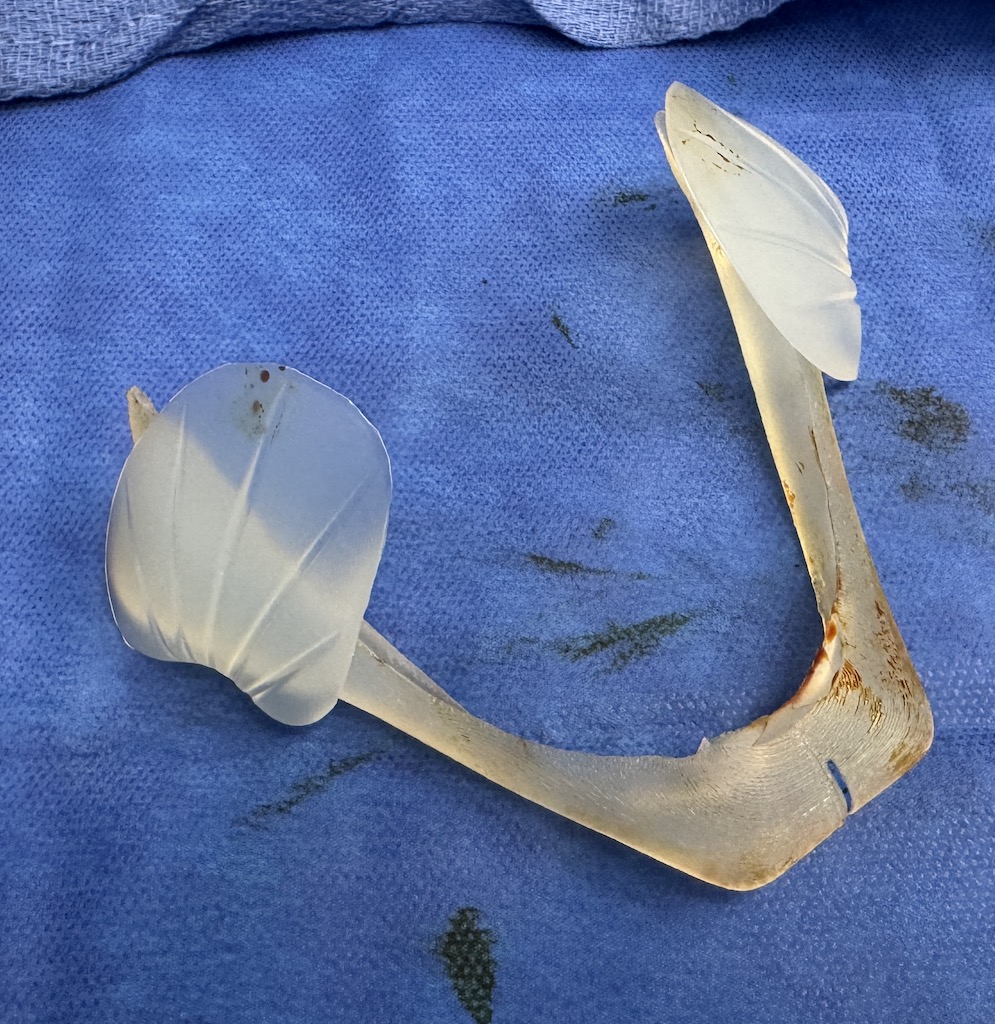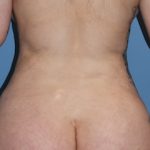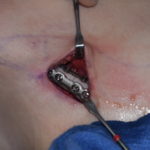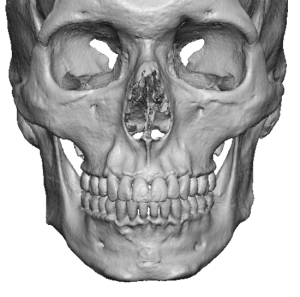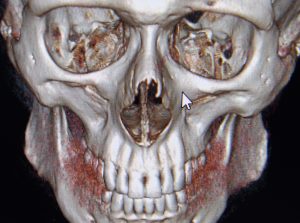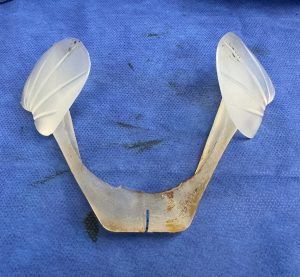The intricacies of the shape of the lower jaw can not be appreciated looking at plain x-rays like a panorex where it has been most commonly seen in its entirety. It is often perceived as largely being a smooth surface around its perimeter which it certainly is based on plain x-rays. And very many types of bone surgeries performed on it (e.g., sagittal split osteotomies or fracture repairs) such a perception is adequate to successfully perform the needed procedures. But between contemporary aesthetic jaw augmentation surgery and the now common availability of 3D CT scans a new level of anatomic appreciation has evolved.
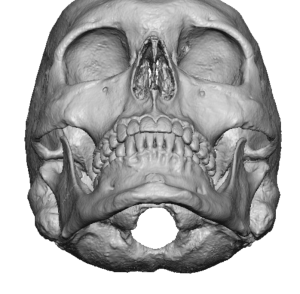
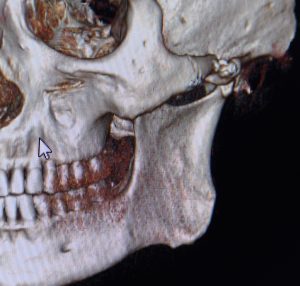
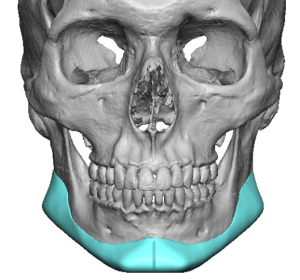
But there are patients who want a fuller muscular look to the jaw angles…meaning they want a more rounded look above the bottom of the jaw angles. You might call this a muscular jaw angle look. As there is no standard jaw angle implant that can create that effect it has to be done by custom design. If this was only a jaw angle implant a custom design could easily be created. But if it is desired as a component of a custom jawline implant it can be designed to do so but placement will be very difficult. The size of the implant that would create would require it to be segmentalize (sectioned into pieces) to get introduced into the pocket.
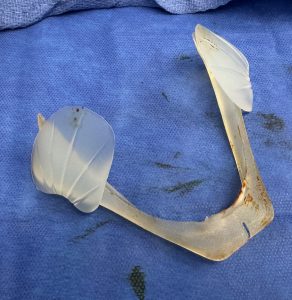
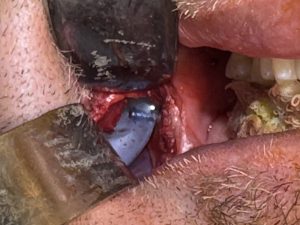
Dr. Barry Eppley
World-Renowned Plastic Surgeon

